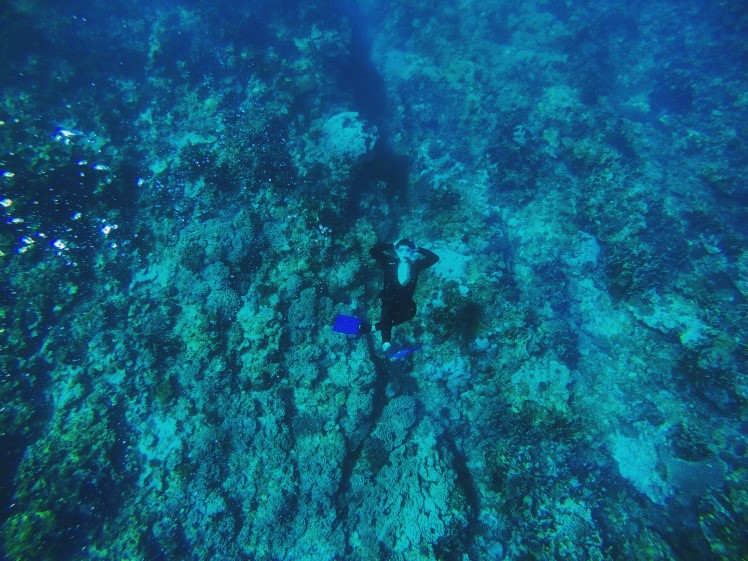Ryan Kluk
CIEE
Perth, Australia
Summer 2016
Blog 6: Coral Reef Protection
Ningaloo Reef has been a protected World Heritage Site (WHS) since 2011. A WHS is listed by the UNESCO as having important cultural or physical significance that is special just to one area of the world. Other World Heritage Sites include: the Great Barrier Reef, Amazon Rain Forest, and the Great Pyramids of Egypt. UNESCO listed Ningaloo as a WHS because of its abundant marine life, vast majority of megafauna, cave fauna, and the contrast in colors from the water to the Cape Range Mountains.
Being a WHS allows Ningaloo to be a protected coral reef. Ningaloo being protected is important because coral reefs all over the world are dying and fading away due to climate change. Ningaloo is well maintained by the locals and the government of Western Australia. The biggest threat to coral reefs are humans and climate change which causes the water temperature to increase. The Ningaloo Reef also has a good balance of cool and warm water rushing through thanks to the Leeuwin and Ningaloo currents.
With Ningaloo being protected, coral species can flourish and spawn which ultimately brings the megafauna that Ningaloo sees during the winter months. The megafauna of Ningaloo begins in a huge ecotourism industry that sustains small towns like Coral Bay and Exmouth.
Ningaloo is also home to many species that are only found in Ningaloo. If not protected, those species would become extinct and the diversity of earth would decrease. Australia knew the importance of Ningaloo many years ago and now the world knows, thanks to UNESCO.
